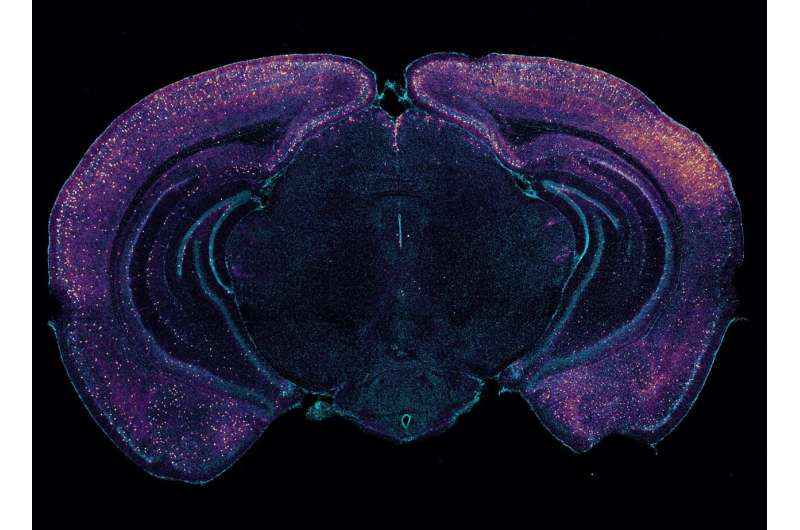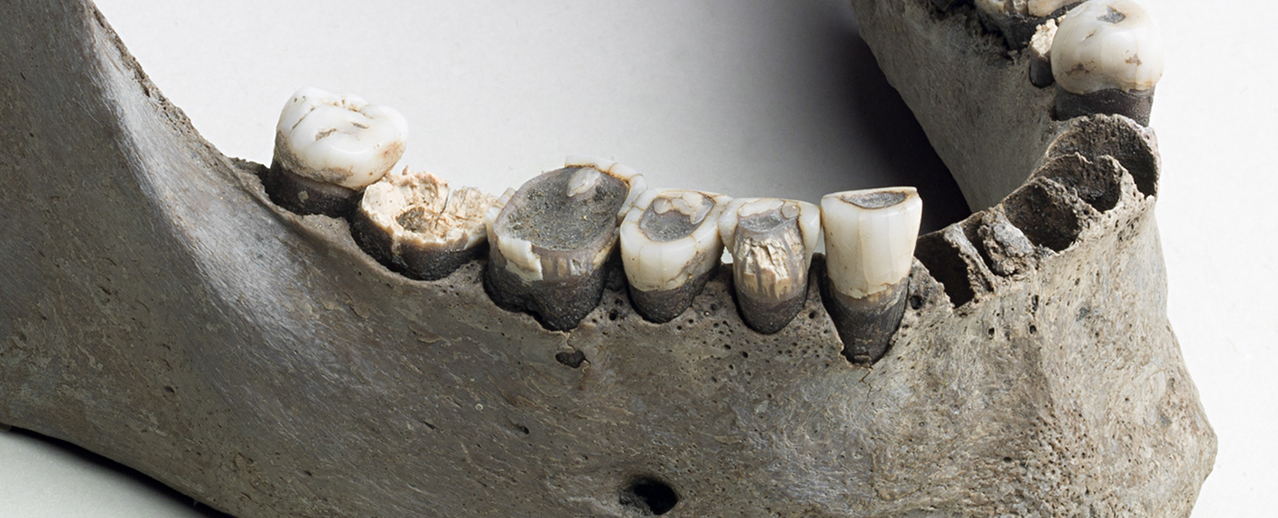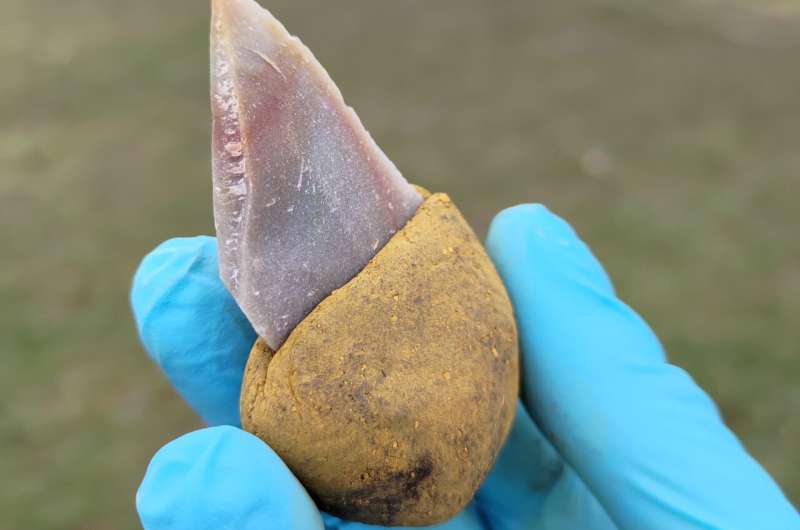Humans news stories

Late last year, astronomers discovered a fascinating star system only 100 light-years away from us. Its six sub-Neptune planets circle very close to their host star in mathematically perfect orbits, piquing the interest of scientists searching for alien technology or technosignatures, which they argue would offer compelling evidence of advanced life beyond Earth.

Studies at MIT and elsewhere are producing mounting evidence that light flickering and sound clicking at the gamma brain rhythm frequency of 40 Hz can reduce Alzheimer’s disease (AD) progression and treat symptoms in human volunteers as well as lab mice. See the new study in Nature.

Our understanding of the human past is changing rapidly, and this does not come from new evidence alone. We are seeing an increasing diversity of perspectives among archaeologists, and they are asking new and important questions. But the field still has a long way to go.
Image by: Downtowngal (Wiki Commons)

New research published in Journal of Psychopharmacology provides evidence that the drug MDMA may have the unique ability to enhance emotional responses to positive (but not negative) social interactions. This insight sheds light on the potential of MDMA to influence social perception, opening new avenues for understanding and potentially treating conditions characterized by impaired social processing.

Now, the team has unlocked the life history of this ill-fated man, combining modern and traditional archeological methods to read the story written in his bones. The research was published in PLOS ONE.

Even small doses of LSD could have therapeutic benefits for mental health and task performance, a new study shows.

The German parliament has backed a new law to allow the recreational use of cannabis. Under the law, over-18s in Germany will be allowed to possess substantial amounts of cannabis, but strict rules will make it difficult to buy the drug.

The dismissal of a concept that has already been recognised in UN declarations and is a fundamental belief of many Indigenous communities was described by critics as shameful, contradictory and undemocratic.

Two studies of ayahuasca ceremony participants found that at least 50% of these individuals had an ayahuasca-induced personal death experience. These experiences were associated with an increased sense that consciousness will continue after death and increased concerns for the environment. The paper was published in the Frontiers in Psychiatry.

The discovery, led by now-retired head of conservation at the National Archeological Museum Spain, Salvador Rovira-Llorens, suggests that metalworking technology and techniques were far more advanced than we thought in Iberia more than 3,000 years ago.

Words of wisdom from Hopi elder Paul Sifki.

Neanderthals created stone tools held together by a multi-component adhesive, a team of scientists has discovered. Its findings, which are the earliest evidence of a complex adhesive in Europe, suggest these predecessors to modern humans had a higher level of cognition and cultural development than previously thought. See the study here.

Traits common to attention deficit hyperactivity disorder (ADHD), such as distractibility or impulsivity, might have been an evolutionary advantage for our ancestors by improving their tactics when foraging for food. See the study here.

In a new study published Tuesday (Feb. 20) in the journal Antiquity, researchers revealed that the inscription is the oldest and longest ever found in a Vasconic language, a group of languages that includes modern Basque.

A mathematical historian at Trinity Wester University in Canada, has found use of a decimal point by a Venetian merchant 150 years before its first known use by German mathematician Christopher Clavius. In his paper published in the journal Historia Mathematica, Glen Van Brummelen describes how he found the evidence of decimal use in a volume called “Tabulae,” and its significance to the history of mathematics.

A new study by researchers at UC San Francisco provides new insight into how the brain processes musical melodies. Through precise mapping of the cerebral cortex, the study uncovered that our brains process music by not only discerning pitch and the direction of pitch changes but also by predicting the sequence of upcoming notes, each task managed by distinct sets of neurons.








